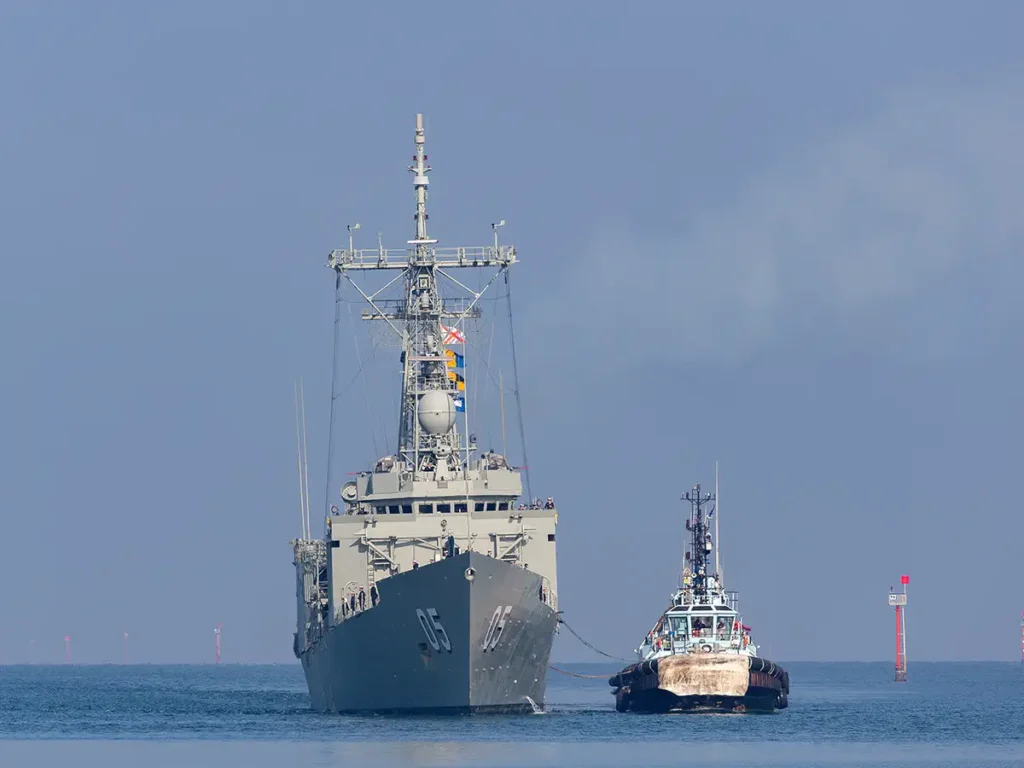Australia’s Military Drills in the South China Sea

Tensions are heating between military powers in the South China Sea. Australian Defence Minister Richard Marles recently told the public that Australia and the Philippines will coordinate joint patrols in the highly contested South China Sea. The announcement came after an exhibition of military might involving 2,000 Australian and Philippine defence personnel, along with United States Marines.
The show of strength, watched closely by Philippine President Ferdinand Marcos Jr., involved highly trained and well-equipped amphibious landing and air assault personnel and drills. Designed to simulate the retaking of an enemy-held island, the exercise marks a critical turning point as it shows the first large-scale joint military exercise between Australia and the Philippines. Australian F-35 fighter jets and warships also made an appearance to provide air and naval support during the drill.
President Marcos, at a post-drill press conference, expressed the Philippines’ interest in forming stronger alliances with its regional neighbours, making it clear about the necessity of these relations, given the increasing volatility in the region. With the South China Sea serving as a significant trade route and a natural resource hub, both governments see these military and strategic alliances as important for maintaining regional security and balance of power.
Minister Marles confirmed that these joint naval patrols would “happen soon,” insisting on the importance of Australia’s security interest in the disputed waters. He also highlighted Australia’s support for a ruling by The Hague arbitration tribunal under the UN Convention on the Law of the Sea. This 2016 ruling discredits most of China’s territorial claims over the region, favouring the Philippines’ jurisdiction in the 200-nautical-mile exclusive economic zone. Despite China’s refusal to take part or acknowledge the ruling, it serves as a major legal rallying cry for countries who oppose China’s claims.
Although Beijing continues to defy the tribunal’s ruling, its actions have not gone unnoticed. The U.S, Australia, and the Philippines have loudly gone against China’s escalating assertiveness in the region. A recent altercation involving a Chinese coast guard ship using a water cannon against a Philippine supply run has further ignited tensions. Both Australia and the U.S raised strong objections, with Washington reiterating its commitment to defend the Philippines under its longstanding treaties and friendly relations.
In order not to stir the pot, the Philippine military clarified China was not the intended target of these latest joint military exercises. However, in the backdrop of China’s aggressive posturing, including its warning to the U.S against meddling in the region’s affairs, these developments show a calculated show of unity and strength by the allied nations.
The South China Sea remains a hotspot of geopolitical tensions with multiple nations, including Taiwan, the Philippines, Vietnam, and Malaysia, laying claims to different parts of the sea. The Australian-Philippine partnership shows a strong military partnership that’s clear in its geopolitical cooperation.
Australia’s commitment to joint patrols signals a determined and more participative stance in the South China Sea, a move that will probably have rippling effects in the region.







Have your say